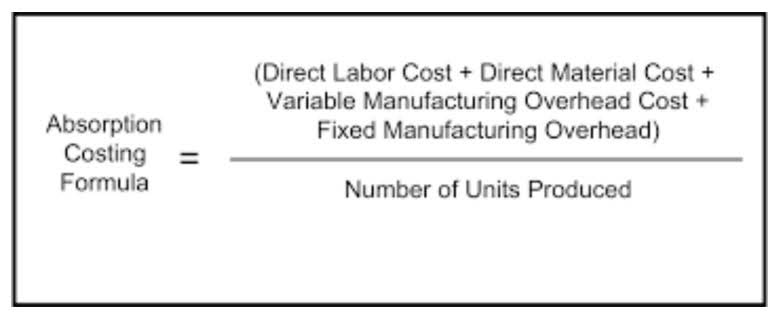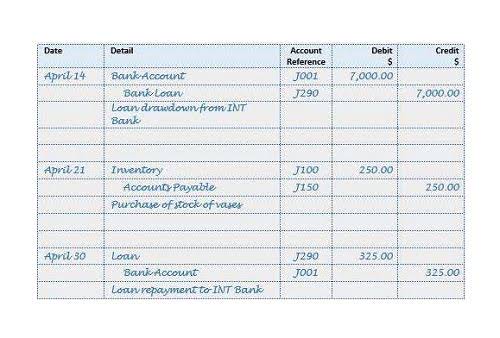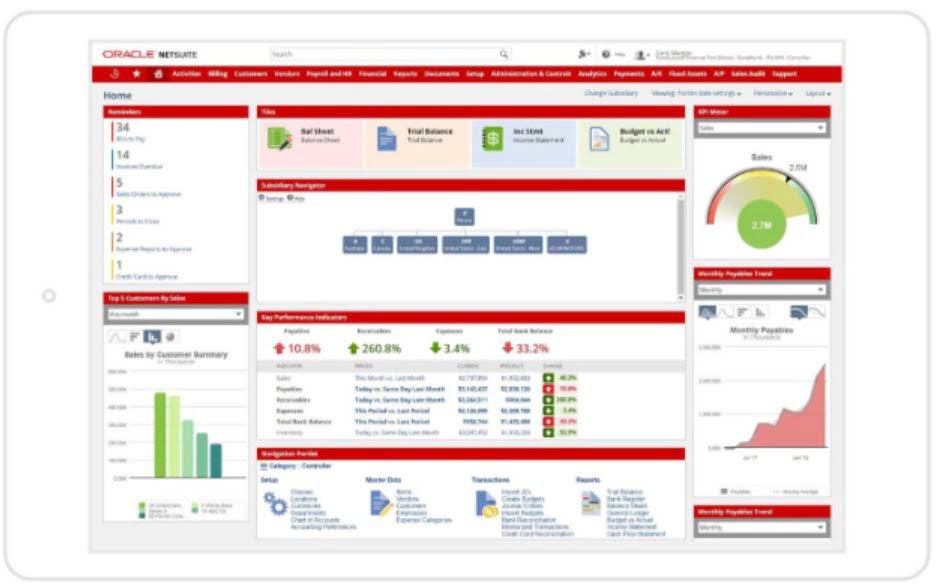Using reducing balance method to depreciate computer equipment would ensure that higher depreciation is charged in the earlier years of its operation. As you can see from the above example, depreciation expense under reducing balance method progressively declines over the asset’s ascension providence covid pfizer vaccine 1 schedule q useful life. Lastly, once you place an asset into service and start depreciating it with the double declining balance method, switching methods may not be easy. It only complicates your bookkeeping further, and you must file the surprisingly intensive Form 3115 to get IRS approval for the change, which isn’t guaranteed.
Calculation of the Declining Balance Depreciation Rate
Cash flow is another area where the reducing balance method can have an impact. While depreciation itself is a non-cash expense, the method chosen can affect the timing of tax payments. By reducing taxable income in the early years, companies can retain more cash, which can be used for various purposes such as paying down debt, funding new projects, or improving liquidity.
- All methods of depreciation can affect a business’s tax picture and taxes owed.
- It is an accelerated depreciation method that results in larger depreciation amounts during the earlier years of an assets useful life and gradually lower amounts in later years.
- It’s ideal for assets that quickly lose their value or inevitably become obsolete.
Income Statement
Choosing the right method of depreciation to allocate the cost of an asset is an important decision that a company’s management has to undertake. Companies need to opt for the right depreciation method, considering the asset in question, its intended use, and the impact of technological changes on the asset and its utility. DBM has pros and cons and is an ideal method for assets where technological obsolescence is very high. While the straight-line depreciation method is straight-forward and most popular, there are instances in which it is not the most appropriate method.
Therefore, depreciation charge has to gradually decrease as well from one period to next. For example, your company just bought the computers amount USD 10,000 and the depreciation rate for the computers, based on the company policy 50% reducing balance (declining balance). In addition to federal tax implications, businesses must also consider state tax regulations, which can vary significantly.
Declining Balance Method of Depreciation
However, it requires careful consideration of the asset’s life and usage to apply correctly. By understanding its mechanics and implications, businesses can make informed decisions that align with their financial strategies. Whether you’re managing tech equipment or heavy machinery, this method can help you reflect the true economic value of your assets and optimize your tax strategy.
Assets that generate significant revenue early in their life, such as certain machinery, benefit from this method. Companies must manually adjust the final depreciation to match the asset’s salvage value. Although we get the same answer, but this approach is not recommended as users need information regarding cost of the asset and accumulated depreciation as well. In other words, the depreciation expenses are subsequently decreased until the value is zero or reaches the residual values.
Under Straight Line Depreciation, we first subtracted the salvage value before figuring depreciation. The declining balance method compensates for this by reducing depreciation expenses over time. In business and tax accounting, it’s how you deduct the cost of your assets over time—but there’s more than one way to do it. The double declining balance method is one option, and it can be invaluable when you want to maximize your deductions upfront.
Benefits of the Double Declining Balance Method
It’s ideal for assets that quickly lose their value or inevitably become obsolete. This is classically true with computer equipment, cell phones, and other high-tech items that are generally useful earlier on but become less so as new models are brought to market. An accelerated method of depreciation ultimately factors in the phase-out of these assets.
The double declining balance method is one of the most commonly used accelerated depreciation techniques. It involves doubling the straight-line depreciation rate, which results in a higher depreciation expense in the early years of an asset’s life. This method is particularly beneficial for assets that rapidly lose value, such as computers and other technology.
- The diagram below shows the analysis by year of the declining method depreciation expense.
- One important thing to note is that asset’s residual value is not considered while calculating depreciation under declining balance method.
- Let’s dive into what declining balance depreciation is, how it works, and why it might be the right choice for your business.
- The net book value is calculated by deducting the accumulated depreciation from the cost of the fixed asset.
Managing Office Equipment in Accounting and Finance
The other side of the depreciation expense is a credit entry to the accumulated depreciation account. Using the rate from the calculation above, the declining balance depreciation for each of the 4 years is as follows. Depreciation allows a company to deduct an asset’s declining value, reducing the amount of income on which it must pay taxes.
Because most accounting textbooks use double declining balance as a depreciation method, we’ll use that for our sample asset. It’s also important to note that some depreciation methods factor salvage values into their calculations, but the double declining balance method ignores it. Depreciation is a fundamental concept in accounting, crucial for businesses to understand as they manage their assets over time. In this case, the depreciation rate in the declining balance method can be determined by multiplying the straight-line rate by 2. For example, if the fixed asset’s useful life is 5 years, then the straight-line rate will be 20% per year. Likewise, the depreciation rate in declining balance depreciation will be 40% (20% x 2).
This approach is suitable for assets with a longer useful life and slower depreciation, such as durable machinery or certain real estate improvements. It provides a gradual acceleration of depreciation while maintaining some expense recognition benefits. The 150% declining balance method is a moderate approach to accelerated depreciation, applying a rate 1.5 times the straight-line rate. For example, an asset with a ten-year useful life has a straight-line rate of 10%, which becomes 15% under this method.
For instance, an asset with a five-year useful life has a straight-line rate of 20%, doubled to 40% under this method. This approach is ideal for assets like computers or machinery that rapidly lose value. Fixed assets need to be depreciated after their acquisition in order to reflect the usage and the wear and tear of the asset over time. There exist many ways to calculate depreciation, usually depending on the type of assets and how fast their value decreases. The declining balance is one of the depreciation methods that companies can use to depreciate assets and it’s a common practice. In this article, we will be explaining the declining balance depreciation method and provide an example so that you can clearly understand how it works.







